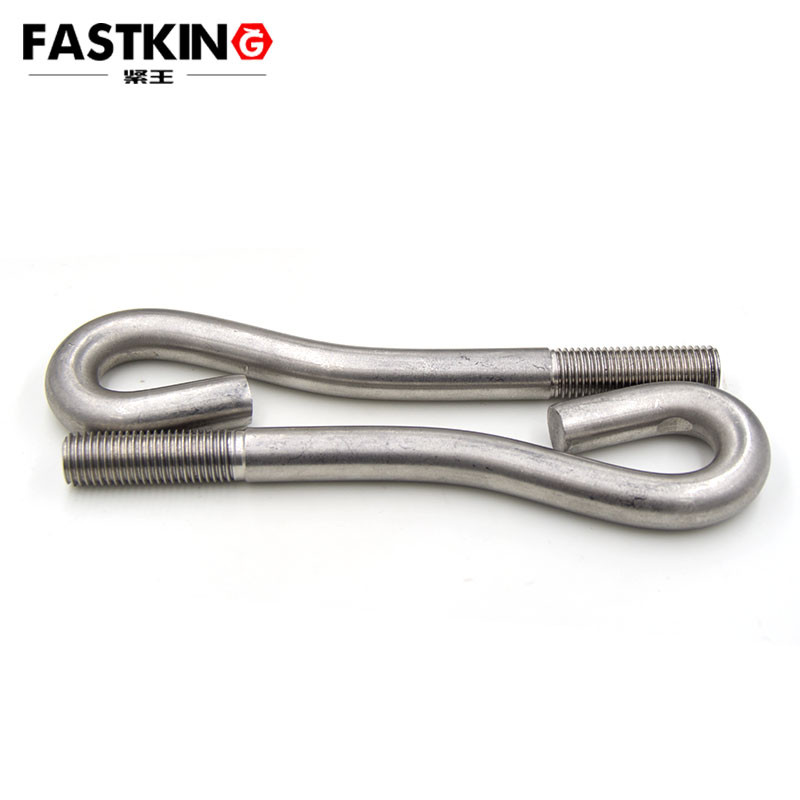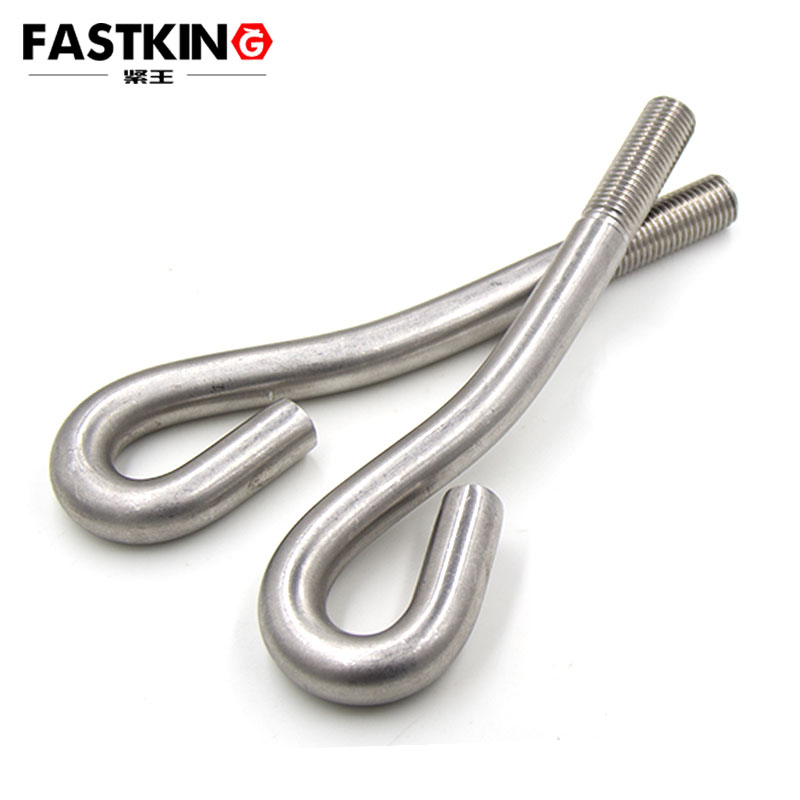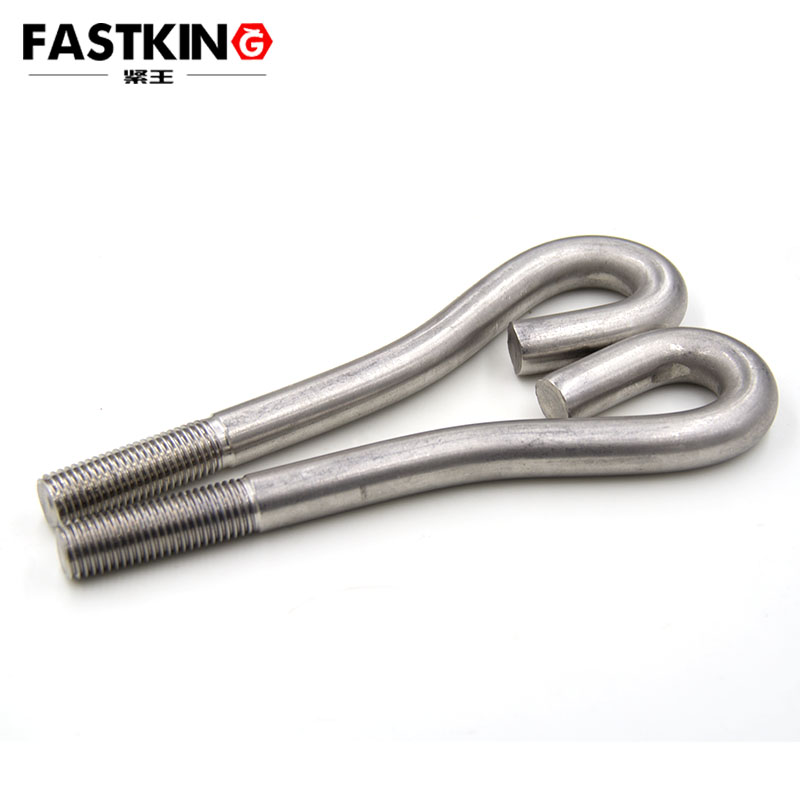Classification of Anchor Bolts
Anchor bolts can be categorized based on their functions and installation methods:
1. Fixed Anchor Bolts: These are embedded into the foundation during concrete pouring and are suitable for equipment that does not experience severe vibrations or impacts.
2. Adjustable Anchor Bolts: These bolts are detachable and designed for heavy machinery that is subject to significant vibrations and impacts.
3. Expansion Anchor Bolts: These rely on the principle of expansion to secure the bolt and are ideal for simple or auxiliary equipment.
4. Adhesive Anchor Bolts: These bolts are fixed using structural adhesives and follow a similar installation method to expansion anchor bolts.

Usage Methods of Anchor Bolts
A. Pre-Installation Preparation
1. Determine Position: Based on the design drawings, identify the locations and quantities of anchor bolts to ensure even distribution and compliance with structural requirements.
2. Drilling and Cleaning: Use appropriate drill bits to create holes in the foundation according to the specified diameter and depth. After drilling, clean the holes thoroughly to remove any debris.
B. Installation Methods
1. Direct Embedding Method: Anchor bolts are embedded into the foundation during the pouring of concrete. This method is suitable for structures such as tall towers that require high stability against overturning forces.
2. Reserve Hole Method (Secondary Grouting): After positioning the equipment, place the anchor bolts into the reserved holes. Once the equipment is properly aligned, fill the holes with non-shrink fine-grained concrete and compact it thoroughly.
3. Expansion and Adhesive Methods: For expansion anchor bolts, installation should be carried out after the foundation has reached the required strength, ensuring that the hole depth and diameter match the bolt specifications. For adhesive anchor bolts, structural adhesive is injected into the cleaned holes before installation.

C. Installation Precautions
Ensure that anchor bolts are vertical and avoid tilting.
During installation, verify the levelness and verticality of the bolts using tools such as a spirit level.
For bolts subjected to seismic forces, use double nuts or other anti-loosening measures.
After installation, conduct a thorough inspection to ensure the bolts are securely fastened.
Application Scenarios of Anchor Bolts
A. Construction Industry
Anchor bolts are extensively used in the foundation fixing of buildings, such as high-rise structures, bridges, and cranes. They provide stable support by integrating with the concrete foundation, ensuring the stability of the structure under various external forces.
B. Industrial Equipment Installation
In industrial settings, anchor bolts are used to secure various types of machinery, including boilers, pumps, and generators. These machines often experience significant vibrations and impacts, making adjustable and expansion anchor bolts particularly suitable.
C. Infrastructure Development
Anchor bolts play a vital role in infrastructure projects, such as railways, highways, and ports. They are used to fix tracks, signaling equipment, streetlights, and traffic signs, ensuring the stability and safety of these facilities.

D. Special Environment Applications
In specialized environments, such as oil fields, natural gas extraction, and shipbuilding, anchor bolts need to be corrosion-resistant and high-strength. For example, in marine environments, anchor bolts made from corrosion-resistant materials are used to withstand seawater erosion.
Common Issues and Solutions
1. Loose Bolts: Open the surrounding foundation around the bolt, clean it, and inject structural adhesive or concrete. Reinforce the bolt by welding a U-shaped rebar.
2. Incorrect Bolt Height: If the bolt is too long, cut off the excess and re-thread it. If it is too short, extend it using the hot forging method.
3. Bolt Position Deviation: Use rebar planting to correct the position. Remove the original bolt, drill a new hole at the correct location, and install a new bolt.
Conclusion
Anchor bolts are essential fasteners that play a critical role in construction, industry, and infrastructure development. Proper selection and installation of anchor bolts can significantly enhance the stability and safety of structures. In practice, it is important to choose the appropriate type of anchor bolt based on specific needs and follow installation standards and maintenance guidelines.
